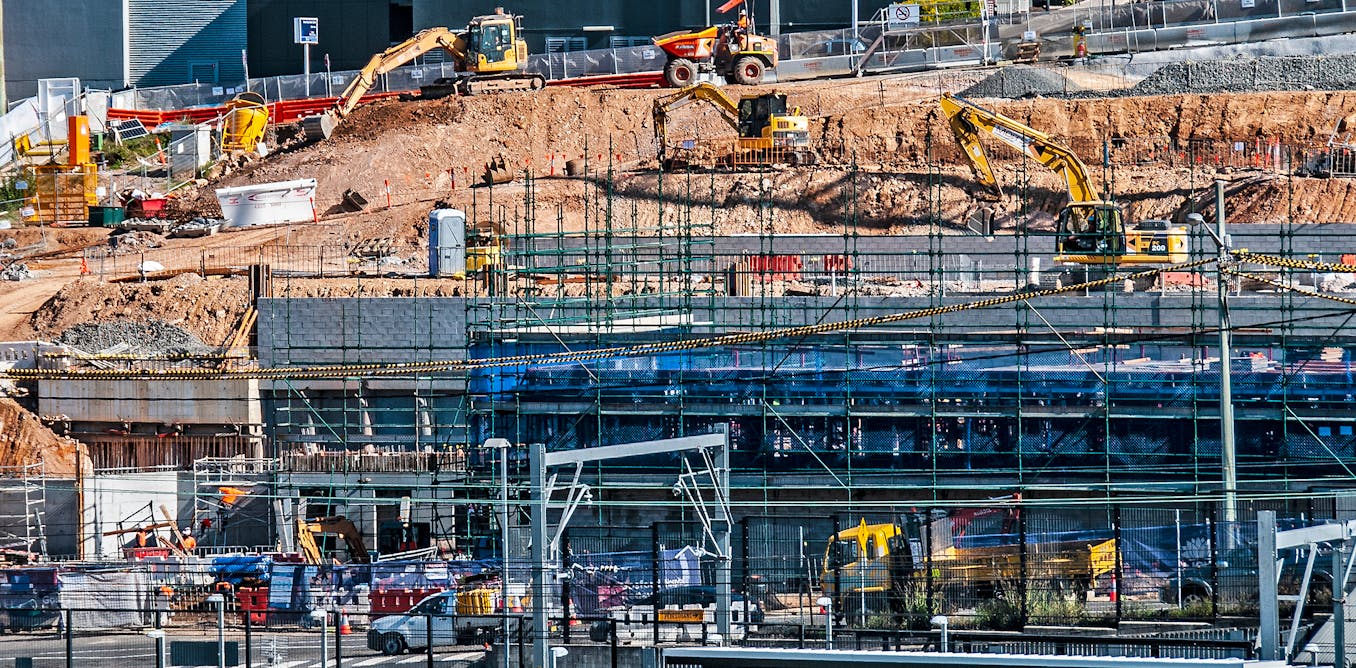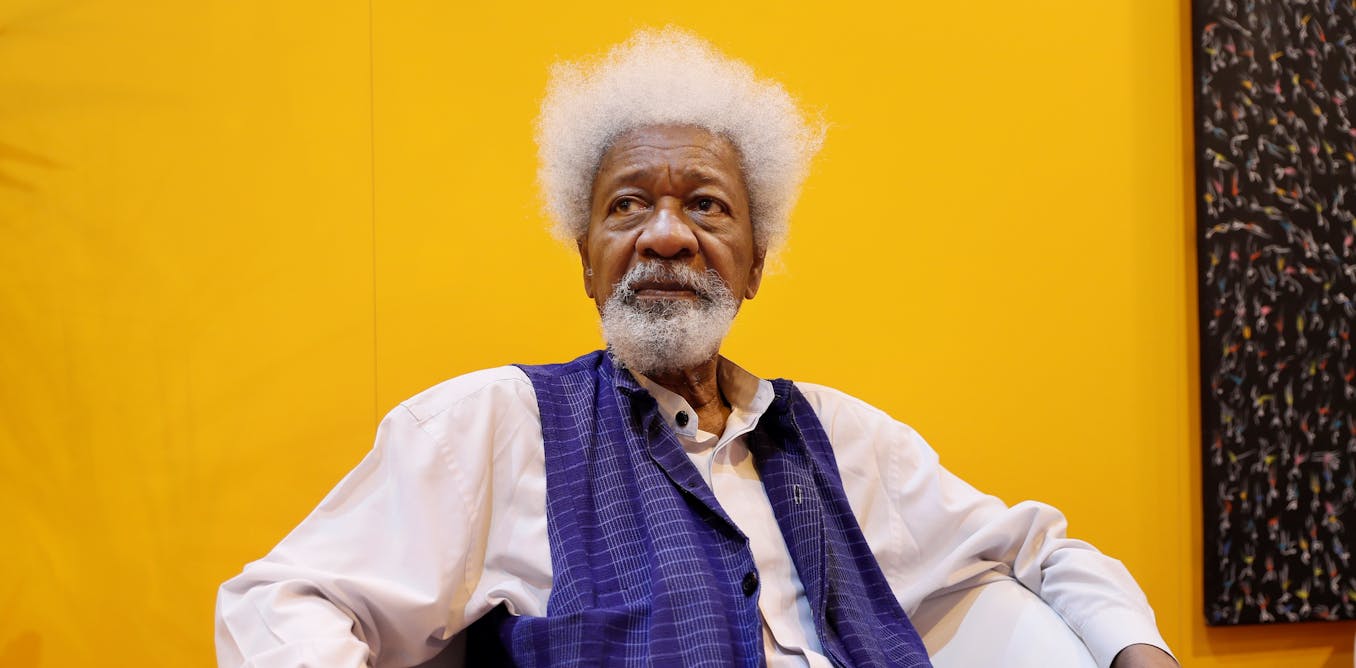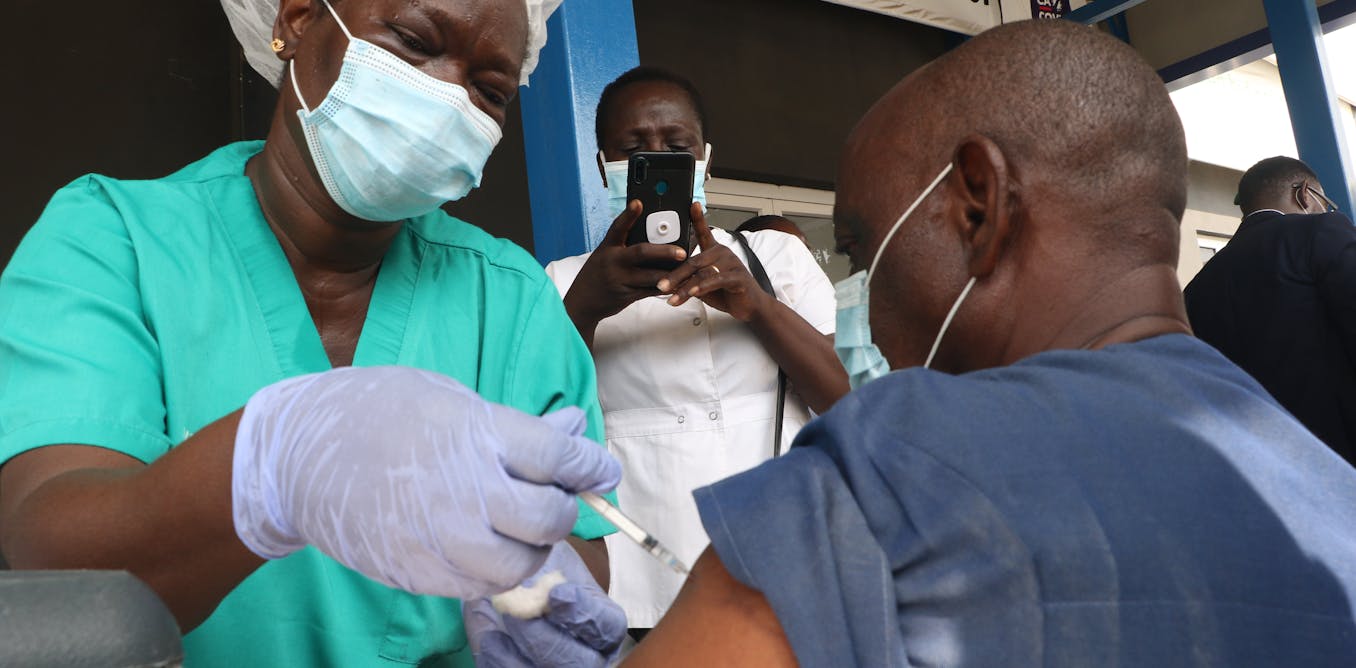Why South African political parties must find a balance between rural versus metro support
Metros may be a graveyard for political ambition. But if parties or individuals succeed, the rewards are considerable.
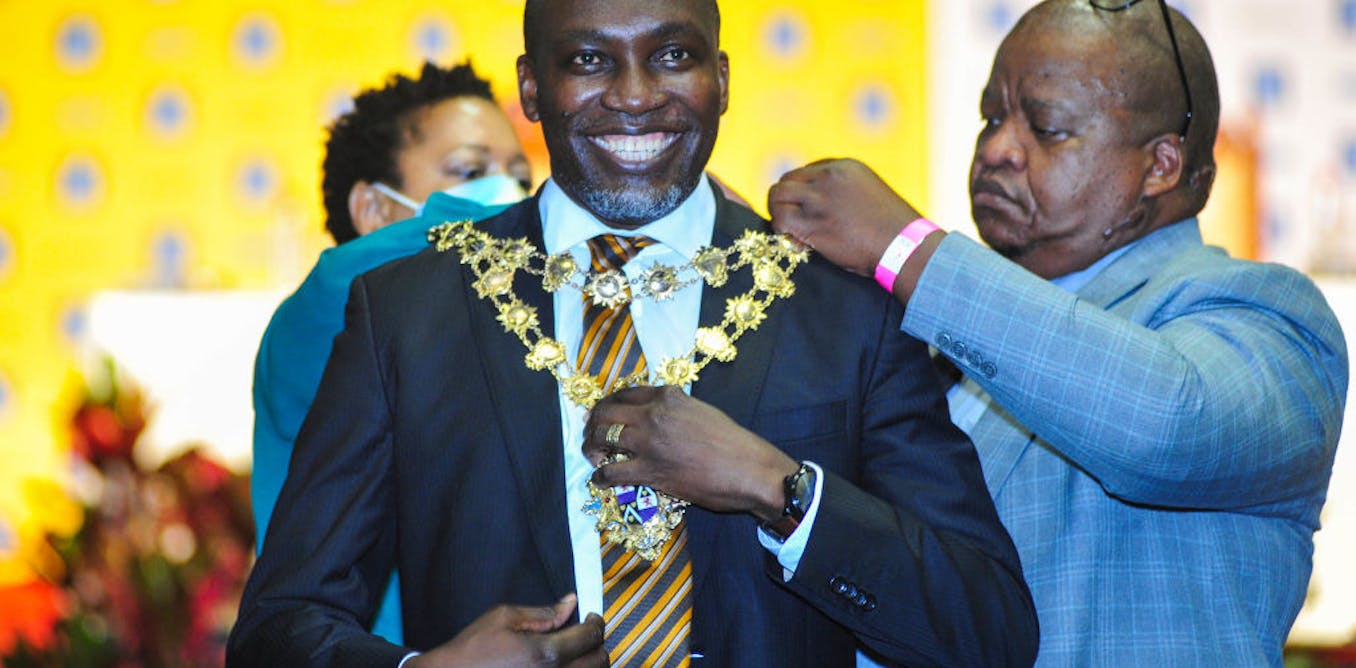
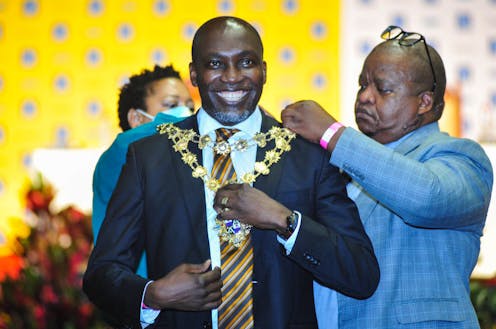
The trouble with metropolitan cities, or metros, is that, even in the best of times, they are hellishly difficult to govern. By metros I mean large, complex and dynamic urban agglomerations that are recognised internationally as metropolitan. In South Africa the definition includes small agglomerations of Buffalo City (on the east coast) and Mangaung (in the central interior).
In at least five of South Africa’s six largest metros the challenges of governing are compounded by political fragmentation and uncertainties of governing as a minority or through a coalition. A host of new mayors are about to take up their posts following local government elections.
The new mayors in these metros may have been handed a poisoned chalice.
The difficulties in governing rest in at least two realities. First, metros are local government writ large, and local government deals with immediate, concrete issues that cannot be obfuscated in the generalities of policy. If a national department falters, the failings may be concealed for a long time through political bravado. If local government fails, the consequence is visible, directly affecting the lives of residents. Local government has nowhere to hide.
Secondly, metros are complicated because their citizens are contrarian. They are, on average, more aware of their rights, more informed, and more educated, than elsewhere, and less likely to vote based on historical loyalties. The media spotlight is generally intense, and interests are diverse and shifting, making it difficult for a single party to maintain a dominant position for long.
In South Africa the African National Congress (ANC) held on to five of the six metros for over two decades. But as its electoral support waned the large metros were among the first to fall.
Metros may be a graveyard for political ambition. But if parties or individuals succeed in the politics and practicalities of governing a metro, the rewards are considerable. A metro may be a springboard to national power.
South Africa’s recent municipal election has amplified trends at play since at least the 2011 municipal election. It has revealed more sharply than before a shifting political geography with consequences for the character and prospects of major parties including the ANC.
Global examples
In Japan, the Liberal Democratic Party has dominated national politics since 1955, and there are enduring electoral loyalties. Nevertheless, an independent candidate was elected Governor of Metropolitan Tokyo.
In India, the National Capital Territory of Delhi rejected the country’s two dominant parties – Modi’s Bharatiya Janata and the Congress Party – and voted the Aam Aadmi Party (translated literally as the Common Man’s Party) into power.
In Tanzania, the dissonance between national and metro politics provoked President John Magufuli to disband the City Council of Dar es Salaam in February 2021.
In Russia, Vladimir Putin’s United Russia battles to retain control of Moscow and St. Petersburg, which is gradually dragging down the fortunes of the party.
More positively for political ambition, the UK’s prime minister Boris Johnson was able to use his position of Mayor of London to achieve national high office, and in a different political system, Jiang Jemin, advanced from Mayor of Shanghai to National President.
The fickleness of metro voters presents a political risk, but it also requires political formations to remain agile with potential long-term advantage. A rural base with loyal voters does not have this effect. In the 1987 general election, South Africa’s National Party suffered erosion in its metro base. Wynand Malan, Dennis Worrall, Esther Lategan, and others, abandoned the party, taking metro voters with them. This helped catalyse a pragmatic response by a faction of party leaders. But the party never recovered.
The shifting political geography
South Africa’s 2021 municipal election reveals a wide difference in the geographic base of parties. Around 37% of South Africa’s population lives in the six large metros. But these municipalities only accounted for 27% of the voters in 2021.
This reflects the degree of alienation in the metros.
The population in secondary, or intermediate cities, is 9%, followed by large towns at 16%, and rural and small towns at 38%.
If a party receives significantly more support from one of these categories than the population share, then it has established within this category a geographic base.
Over time such a base may shape the character of the party. A party with a metro base may be oriented more towards social liberalism, as voters engage with diversity on a daily basis. But this is not always the case. A response to ethnic diversity may be a populist embrace of xenophobia or a retreat into some form of sectarianism. A party may have a dual base, metro and rural, for example, and while this allows for a larger pool of potential voters, it also adds to complexity of its internal politics.
In 2021, the ANC saw only 26% of its support coming from the large metros, down from 32.4% in 2011 when it had a political base spread across different geographies.
The political base of the ANC is now the rural Eastern Cape and Limpopo, followed by Mpumalanga and North West, reflecting loyalties in rural areas. The exception is KwaZulu-Natal where the Inkatha Freedom Party (IFP) has made a comeback in the north and the Economic Freedom Fighters (EFF) has made inroads in the south.
Over time, this is likely to shift the orientation of the ANC, and further reduce its ability, and willingness, to engage with the intensity of metropolitan dynamics. Furthermore policies may eventually change to reflect its more traditional and conservative base.
The Democratic Alliance (DA) is a metro-based party with 58.5% of its electoral support in 2021 coming from the big six metros. Its secondary base are the large towns of the Western Cape, with inroads elsewhere such as in the KwaZulu-Natal Midlands. The major challenge for the DA is the narrowness of its base within the metros, where it’s still supported predominantly by white people.
Only 33% of the EFF’s support comes from the metros. Its support in the Gauteng metros tracks its support nationally, with party support significantly underrepresented in Cape Town and Nelson Mandela Bay. Its highest support in proportional terms comes from Polokwane and surrounds, although there was some decline here, and the industrial towns of the Mpumalanga and northern Free State. There is no red wave for the EFF in the metros.
Among the smaller parties, the IFP has a rural base, with only 13% of its support from the large metros although the 2021 elections did indicate a slight rise in its support within eThekwini and Johannesburg.
Action SA is currently 100% metro, and it remains to be seen where it will broaden its base in a bid for national power. The FF+ has an urban base but much of this is on the industrial and mining fringes of Gauteng, in the Vaal, West Rand, and Mpumalanga Highveld rather than in the metro core.
The geographical base of a party matters, although this intersects with other dimensions of a political base such as class, race, age, and gender. The rural and small town vote cannot be ignored as 38% of the electorate is significant. There are also intense linkages between the rural and the urban in South Africa, and geographic concerns cannot be easily separated. Also, having a metro base is risky because of the complexity of governing at this scale in the face of a demanding electorate. However, turning away from the metros may pose a serious risk for long term prospects, as a party separates from a potent source of political vitality.
The ANC must beware.![]()
Philip Harrison does not work for, consult, own shares in or receive funding from any company or organisation that would benefit from this article, and has disclosed no relevant affiliations beyond their academic appointment.
What's Your Reaction?


















































































